When the sun sets and most flowers fold their petals for a well-deserved rest, a hidden world of botanical marvels awakens with the gentle touch of moonlight. Perhaps you've strolled through a garden by day and marvelled at the riot of colours, but have you ever wondered what secrets the night holds? From intoxicating scents to ethereal blooms, certain flowers reserve their greatest magic for the hours after dark.
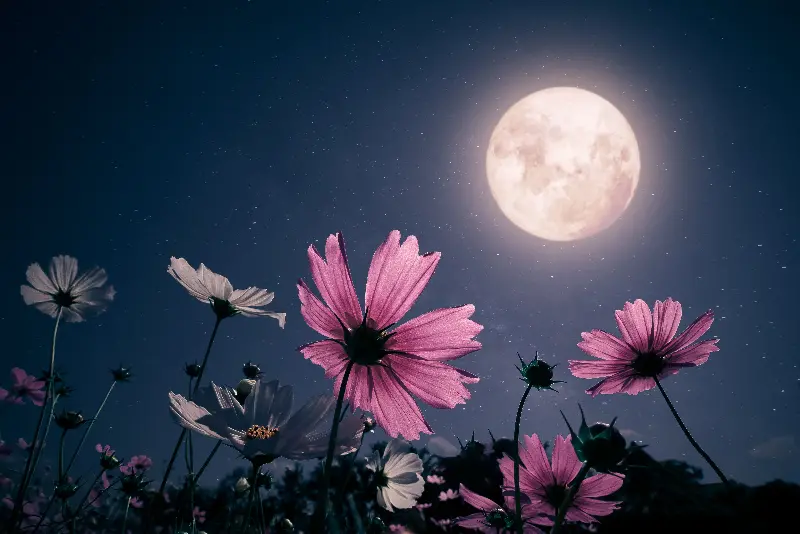
The Nocturnal Bloom: Nature’s Night Shift
Night-blooming flowers follow a unique rhythm, synchronising their opening hours with the arrival of dusk. This isn’t just for show—it’s a meticulously evolved dance with their pollinators. While honeybees sleep, nocturnal moths, bats, and other night critters begin their rounds, attracted by specific cues these flowers offer under the cover of darkness.
Plants such as the moonflower (Ipomoea alba) and evening primrose (Oenothera biennis) are classic examples. Their pale, luminous petals don’t just look pretty—they’re designed to catch whatever faint light is available, making them easy targets for pollinators in low visibility. Many night-bloomers also emit strong, sweet fragrances that can travel farther at night, serving as a beacon for unwitting winged visitors.
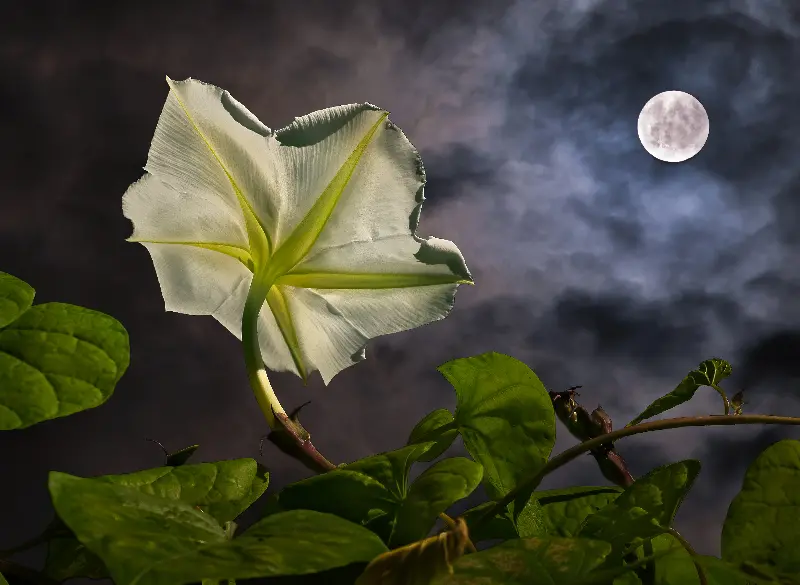
Fascinating Flowers That Rule The Night
Let’s meet some of the garden's most mysterious midnight stars. The moonflower, known for its enormous, milky-white trumpet-shaped blooms, opens swiftly at sunset, filling the air with a heady scent. Their full glory can be fleeting, as each bloom lasts just a single night.
Similarly captivating is the night-blooming cereus, a collection of cacti from the Epiphyllum and Selenicereus genera. Affectionately dubbed "Queen of the Night," these gigantic, white, star-shaped flowers often bloom just once a year, sending alerts through plant-lover communities when a bloom is about to happen. It’s an event: some enthusiasts will host midnight garden parties or keep vigil, just to watch these rare nocturnal displays unfurl.
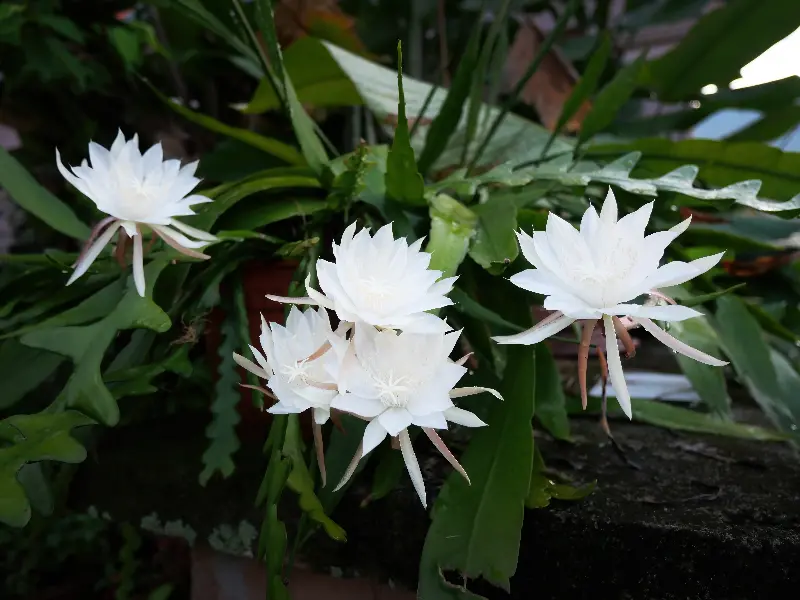
The jasmine family contributes its own fragrance to the night, especially with varieties like the night-blooming jasmine (Cestrum nocturnum). Often unnoticed by day, it releases pungent, sweet perfume after sundown that can fill an entire garden. Another star is the four o’clock (Mirabilis jalapa), which opens its vibrant pink, yellow, or white trumpets in late afternoon and keeps them primed for nighttime agents seeking nectar.
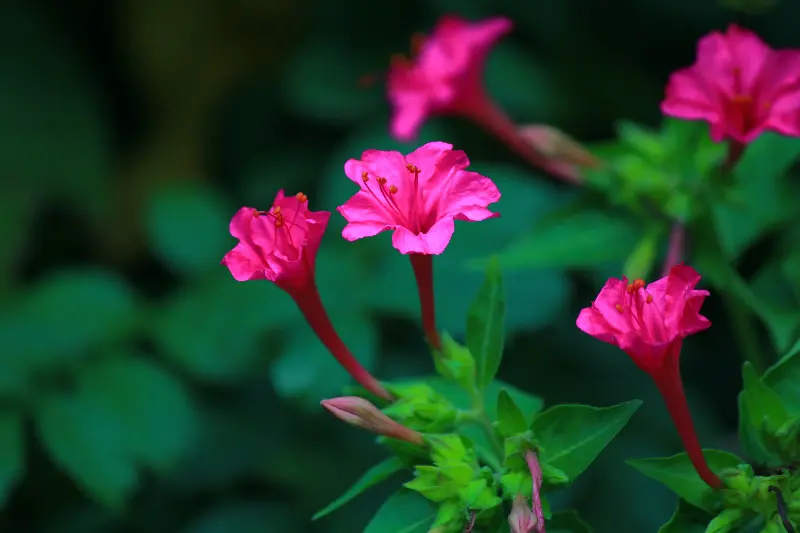
The Secret Purpose Of Nocturnal Blooms
Why do certain flowers choose the cloak of darkness to flaunt their beauty? Much of it comes down to the peculiarities of pollination. Many insects, including some species of moths (like the impressive sphinx moth), butterflies, beetles, and even bats, are adapted to night-time foraging. Night-bloomers cater to these midnight diners with bright, often white or pale-coloured petals that reflect moonlight, and powerful fragrances that can guide pollinators across greater distances.
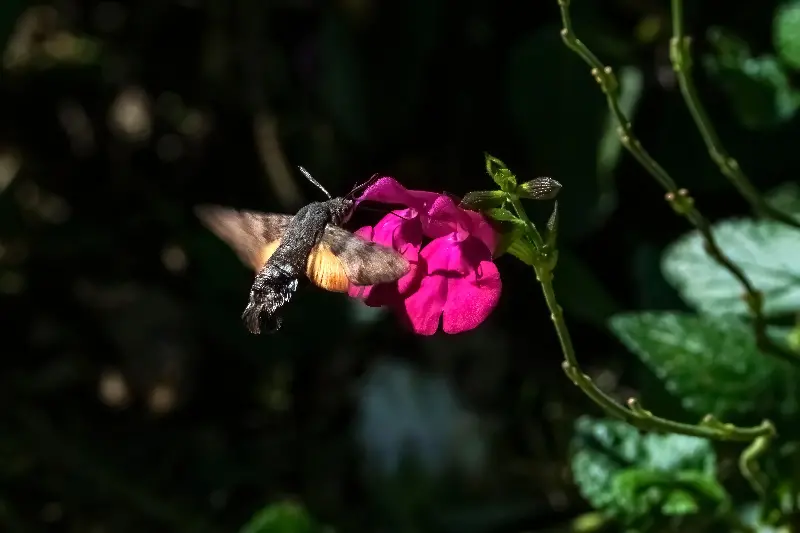
Some night-bloomers, such as the bat-pollinated baobab flowers in Africa and the sausage tree in tropical regions, even rely on echolocation to attract their pollinators, evolving flower shapes that help bounce back bat sonar. This intriguing relationship between plant and pollinator demonstrates the intricate connections woven through the world of nocturnal flora.
Cultivating Magic: Bringing Night Blooms To Your Garden
You don’t have to trek through rainforests or exotic wildernesses to witness these secrets of the night. Many night-blooming flowers are quite happy as garden guests or even as potted companions on a balcony. Moonflowers, with their dramatic, rapidly unfolding blooms, can be trained up trellises or fences. For those with a nose for fragrance, a cluster of night-blooming jasmine or tuberose can make delicate evening air feel downright enchanting.
When planting a night garden, choose a sheltered, partially sunny spot, and group nocturnal bloomers near seating areas or pathways. This way, as the sun dips and your eyes adjust, the glowing flowers and perfumed breezes will invite you to linger. Night gardens are also a boon for wildlife; moths and bats drawn in for nectar may help keep other, less welcome insects at bay, creating a healthier, more balanced ecosystem.
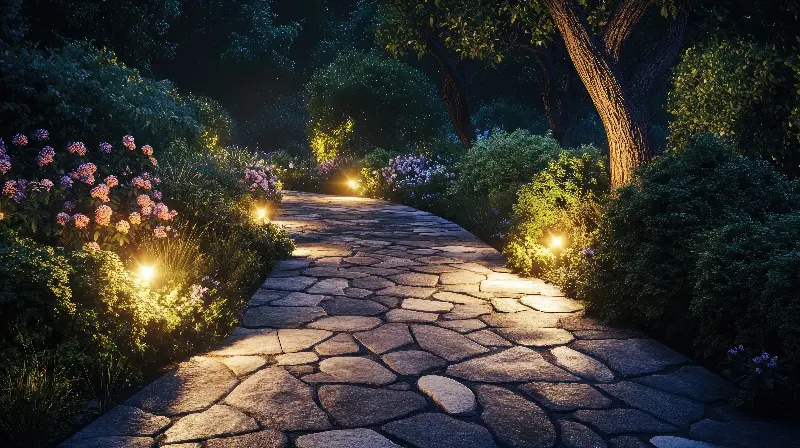
Midnight Blooms In Myth And Culture
Throughout history, night-blooming flowers have inspired tales and traditions. In Victorian times, the fleeting bloom of the cereus was so prized that invitations to "cereus parties" were considered a mark of favour and excitement. In India, Brahma Kamal—a legendary night-bloomer—holds spiritual significance, and in Mexico, the four o’clock flower is used in traditional medicine.
Night-bloomers carry a certain mystique, symbolising impermanence, beauty, and the allure of the unknown. They remind us that not all wonders bask in daylight; sometimes, nature saves her most captivating treasures for those willing to linger after dark.
Whether you’re a dedicated horticulturist or someone simply seeking a little moonlit magic, the world of nocturnal flowers offers remarkable surprises. Next time night falls, step outside and let your senses explore—the garden, it turns out, is just getting started.
